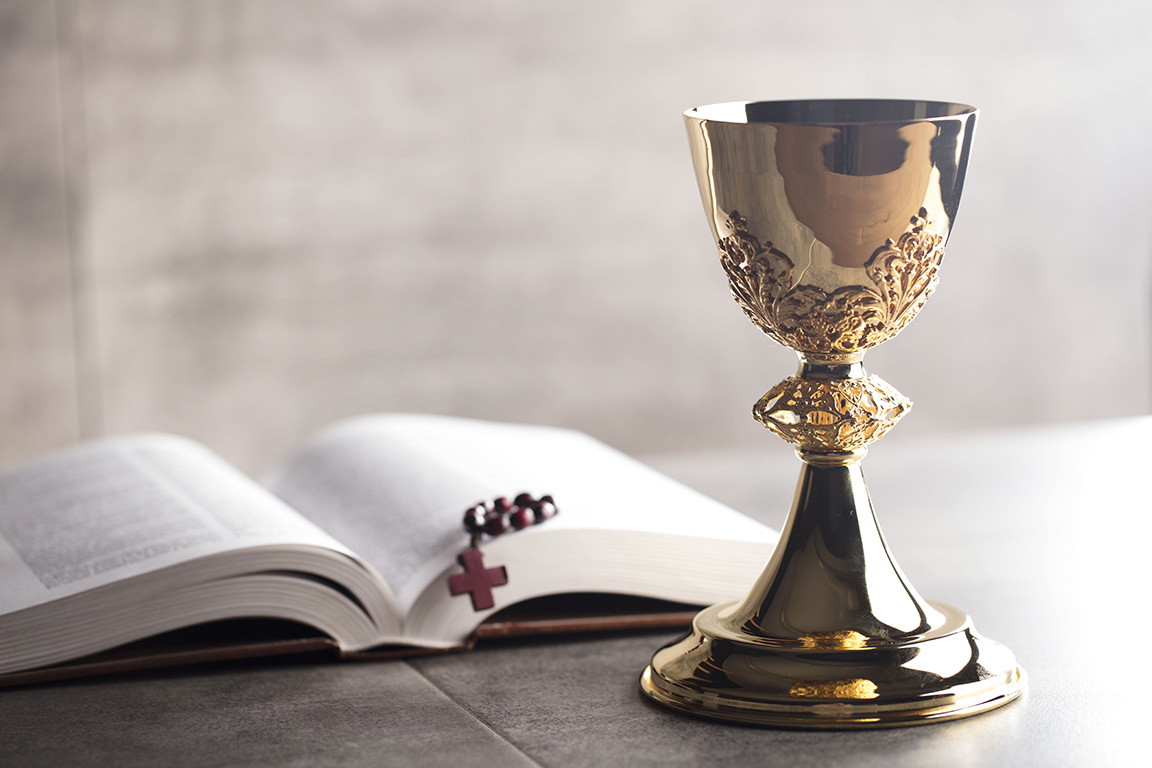
[The Episcopal News] The problem with the deacon’s mass? It’s the name itself, for one thing.
It’s true that, according to the catechism and church tradition, deacons have assisted priests and bishops in the administration of Holy Eucharist, both as chalice bearers and in settings where a priest was not available. The instructions on p. 408 of the Book of Common Prayer are based on an ancient liturgy that deacons used when serving pre-consecrated elements. It resembles a Holy Eucharist liturgy until the offertory, when the deacon places the pre-consecrated elements on the altar, leads the congregation in the Lord’s Prayer, and then serves communion.
The first problem is that it’s not a deacon’s mass, because no one celebrates Holy Eucharist. Some dioceses even forbid the use of the term. As a matter of fact, the prominence of the deacon’s role in the service appears to be a consequence of the assertion, elsewhere in the prayer book’s instructions, that a deacon, when present, should serve the chalice while the priest serves the bread. Nowadays most missions and parishes call on laypeople to serve the chalice even when a deacon is present.
The instructions also make clear that the deacon’s service is only to be used with the bishop’s permission and as a last resort, such as when a priest was scheduled but can’t come. That means we’re not supposed to schedule deacons for this ministry in advance in the rota.
Instead, if a mission or parish is preparing for a season when a priest isn’t available each Sunday, my preference on the other Sundays is for leadership to schedule services of morning prayer or antecommunion, without offering bread and wine. Many of us remember when most Episcopal churches had communion just once a month. The other Sundays, we were fed by the Word we heard while anticipating the Word we’d take. A good thing we can say about COVID is that it reintroduced the church to morning prayer. Antecommunion (basically the Holy Eucharist service up to the offertory) is better for churches that don’t want to interrupt the flow of the lectionary. For either service, presiders and preachers can be deacons or licensed lay people.
If a scheduled priest isn’t available at the last minute, but a deacon is, then the deacon’s service on p. 408 still may be the best way to go, once a mission or parish gets permission from the bishop’s office. That way, all the other liturgical and music ministers can participate as scheduled.
Yet even then, my preference is that lay ministers, not deacons, serve the pre-consecrated bread and wine. That is the ministry the Holy Spirit has revealed for our lay siblings since the prayer book was published, and it is meet and right that they continue in it – while our deacons continue to manifest church and world to one another and serve those in need while playing their vital liturgical roles during Holy Eucharist and antecommunion.
Please write with questions and comments: jtaylor@ladiocese.org.
The Rt. Rev. John Harvey Taylor is the seventh bishop of the Diocese of Los Angeles.
